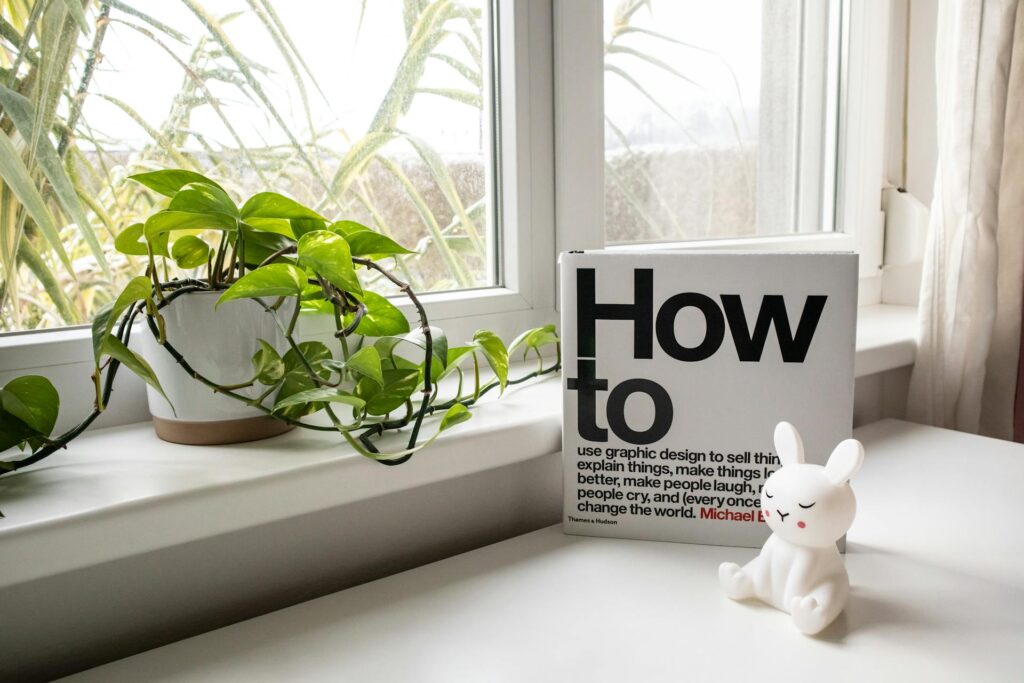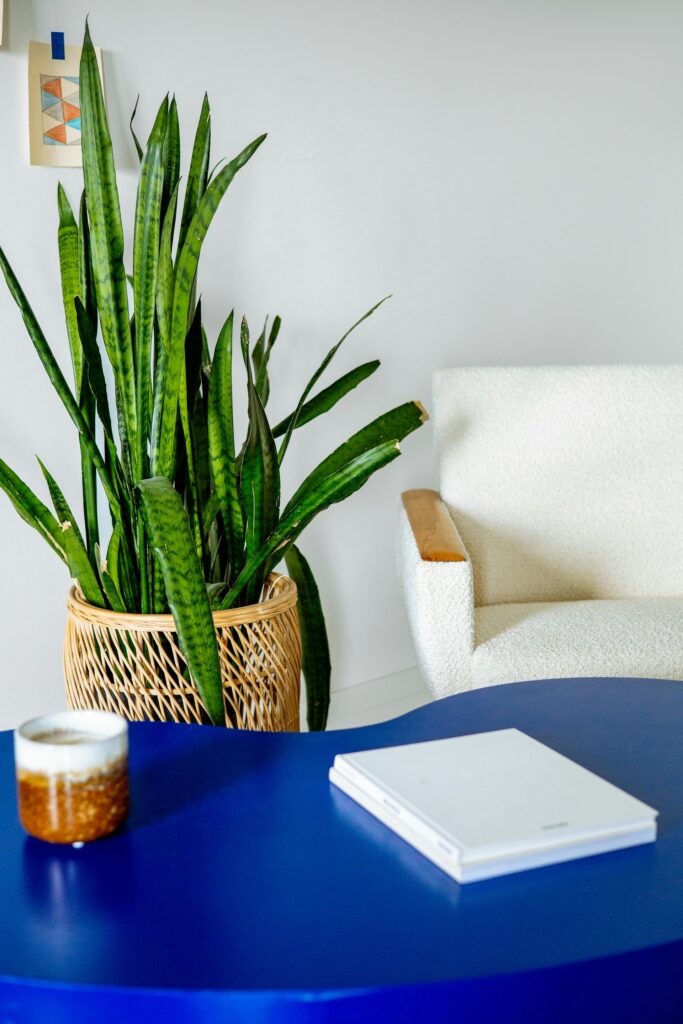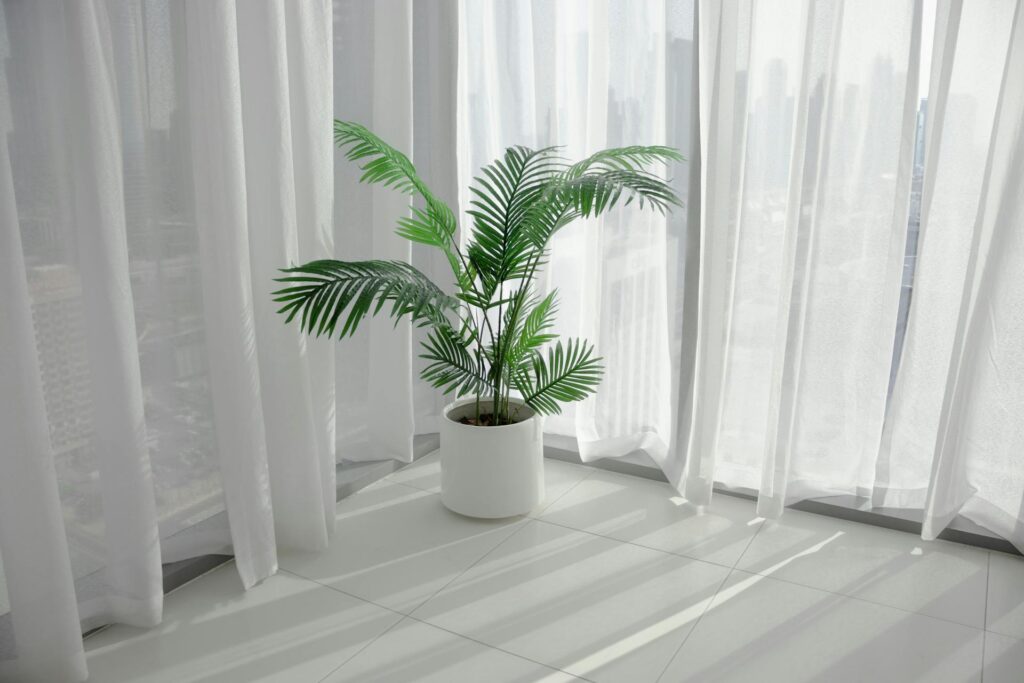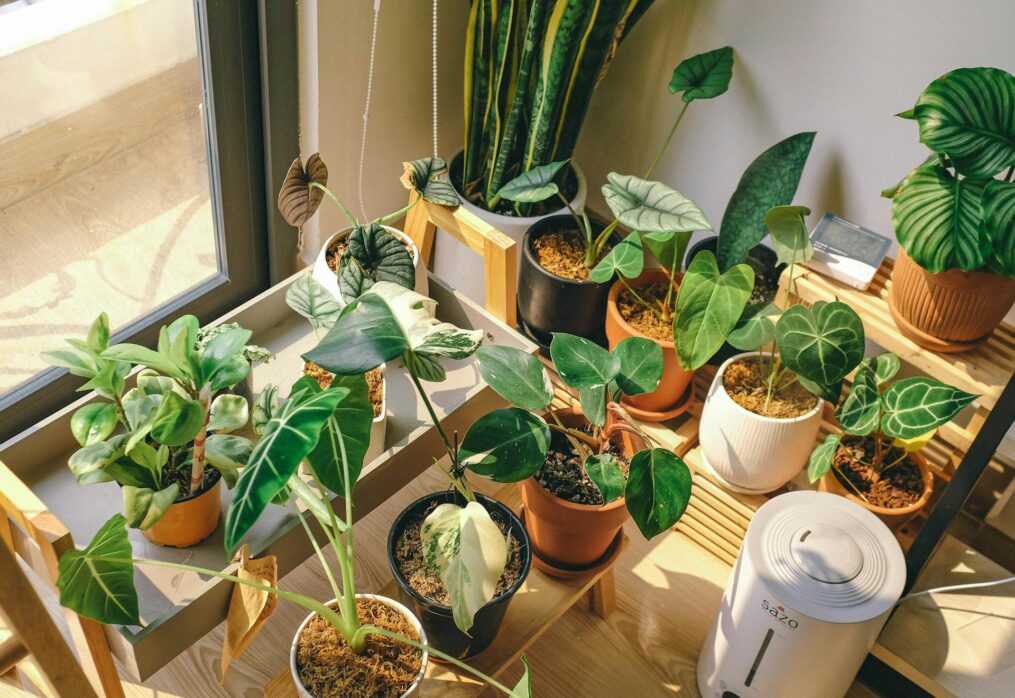5 Feng Shui Plants to bring home for positive Energy
Incorporating feng shui plants into your home is a great way to create a harmonious and positive environment. Some of the best feng shui plants, such as the areca palm feng shui recommends, not only purify the air but also bring balance and vitality to your space. These lucky indoor plants feng shui principles highlight are ideal for attracting good energy and enhancing the flow of chi. Whether you’re looking for feng shui plants for home to boost prosperity or simply seeking good fortune plants feng shui endorses, options like bamboo, jade plants, and peace lilies are excellent choices. Embracing feng shui and plants can turn your home into a sanctuary, with lucky plants in feng shui ensuring a positive and welcoming atmosphere. By selecting the right feng shui indoor plants, you can enhance your well-being while creating a space filled with natural beauty and good energy.
5 Feng Shui Plants to bring home for positive Energy
A house with living plants incorporates one of the five components of feng shui, which boosts good energy and aids in air purification. Add some positive “chi,” or energy, to your room with some eco-friendly furnishings. “Feng shui” (wind and water) refers to an ancient Chinese technique that is associated with Taoism but is not recognized as a religion. Its purpose is to help individuals harmonize their energy with their physical surroundings. Harmony and balance are achieved by the strategic positioning of items, which improves the flow of energy.
The five elements of fire, water, metal, earth, and wood are integrated into this 3,500-year-old philosophy in order to attain harmony. The expansion of living organisms is a metaphor for progress, opportunity, and increasing riches. It is said by Steinkopf that plants are believed to possess good energy, also called chi.
Plants for Good and Evil in Feng Shui
Good feng shui indicates vitality, progress, compassion, and adaptability. Rejuvenation is represented by green in feng shui. Therefore, good energy comes from planting healthy plants in the correct spot in the home—not only where they get excellent light, but where they can promote energy in many elements of your life and where they’re most required to absorb bad energy. Healthy plants with lush, thick growth are wonderful feng shui. Tall plants and those with upward growth signify energy reaching new heights.
All feng shui plants should be healthy and easy to care for. There actually are no bad luck plants in feng shui. However, dead or dying plants drain energy. So do sharp-leaved plants and cacti, Steinkopf argues. It’s the idea of “sha qi”—sharp or aggressive energy. This “dangerous” energy is related to dread and trouble. “The plants used should have soft, rounded leaves,” Steinkopf explains. Fake plants are not encouraged, she says.
1. Jade Plant (Crassula ovata)

Also dubbed the feng shui money tree, jade plants are evergreen succulents with erect, spherical leaves that appear like coins. Thick, meaty leaves grow on a small tree-like stem that can reach 6 feet tall. A long-lived plant, the jade plant indicates prosperity that may be passed down through generations. Easy to care for, jade plants are wonderful feng shui plants for workplace environments. Placed in the southwest portion of the building (the feng shui money corner that attracts riches, abundance, and success), they will benefit from the brilliant, indirect light of that exposure. Soggy soil may destroy a jade’s chances.
2. False Shamrock (Oxalis triangularis)

One of the familiar indoor plants for good luck is generally seen on St. Patrick’s Day. Known as fake shamrock or the good luck plant, oxalis is a little three-lobed plant that mimics clover. Three is a good number in feng shui—but oxalis is not great for dogs, as it’s poisonous. Growing from a rhizome to a height of 6 to 12 inches with green or purple leaves, oxalis is easy to care for, making it a popular indoor plant—especially around March 17. Preferring colder temperatures or shade on sunny days, oxalis is nyctinastic; its leaves close up at night.
Relatable Post: 5 Lucky Plants to Invite Health and Prosperity
3. Money Tree (Pachira aquatic)

The money tree, often marketed with five braided thin stems topped by a flush of palmate leaves, is an easy-care tropical indoor plant capable of forgiving slight neglect. Reaching 6 to 8 feet inside, the slow-growing money tree demands bright, indirect light and rarely requires maintenance. Thought to bring prosperity, pleasant energy, and good fortune, the nontoxic money tree is regarded as one of the greatest feng shui plants because it absorbs pollutants from the air and because leaves grow in a five-star formation—five being an essential number in feng shui that represents the five elements.
4. Snake Plant (Sansevieria trifasciata)

A low-maintenance succulent that endures low-light settings, the snake plant—aka, mother-in-law’s tongue—is a tall, architectural plant that’s easy to cultivate. Its sword-shaped green leaves edged with gold, can grow up to 8 feet tall. Snake plant feng shui gives fire energy. “Though these plants appear sharp,” Steinkopf notes, “they are known to have protective energy.” In addition to protection and security, they signify strength, good health, and good luck. Bright, indirect light is preferred, but the snake plant tolerates shade. What it won’t accept is overwatering. Since it’s not finicky about temperature or humidity, it performs well in a feng shui living room.
5. Areca Palm (Chrysalidocarpus lutescens)

The tall, beautiful palm from Madagascar has many shoots that explode into arching fronds. Growing up to 10 feet inside, the areca palm is admired for more than simply its exquisite beauty. Known to detoxify the air of contaminants, it enhances oxygen and improves humidity in the home. “The areca palm is known for its positive energy,” Steinkopf notes. It invites riches and peace. For the finest feng shui, it should be put near a home’s doorway, although anywhere with strong, indirect light—and enough room to support its spreading leaves—will suffice. Keep its soil wet so it drains properly.
I recommend checking out:
10 Stress Relieving Indoor plants for home 10 plants you can easily grow in a bottle 5 Easy Tips to Maintain a Tulsi Plant at Home 5 Medicinal Plants to Grow at Home
Last Updated on 1 year ago by Anjali Mehra Ph.D. in Horticulture (Punjab Agricultural University)
- Best Lawn Grass for High-Footfall Religious Places in Punjab - December 29, 2025
- Why Lawn Grass Fails After Installation (Real Indian Case Studies) - December 25, 2025
- Nilgiri Grass vs Korean Grass – Price, Look & Maintenance Compared - December 23, 2025
